Table of content
Stir-fried liver, a dish celebrated for its rich flavor and tender texture, is a staple in many cuisines worldwide. From the sizzling woks of Chinese kitchens to the rustic pans of French bistros, cooking liver to perfection requires precision, patience, and an understanding of the delicate balance between time and heat. One of the most common questions home cooks and aspiring chefs ask is: How long does it take to cook liver properly? This article delves into the science, techniques, and cultural variations behind stir-frying liver, offering a comprehensive guide to achieving that coveted melt-in-your-mouth consistency without overcooking.
The Basics of Liver as an Ingredient
Before diving into cooking times, it’s essential to grasp why liver behaves differently from other meats. Liver is an organ meat, rich in iron, vitamins, and proteins. Unlike muscle meats, which are composed of long, fibrous muscle fibers, liver has a softer, spongier texture due to its role in filtering toxins and storing nutrients. This unique composition makes it highly perishable and sensitive to heat. Overcooking liver can transform its velvety texture into a grainy, rubbery mess, while undercooking poses food safety risks.
The type of liver also influences cooking time. Pig liver, the most commonly used variety in stir-fries, is relatively mild in flavor and cooks quickly. Beef liver, denser and more robust, requires slightly longer cooking. Chicken liver, with its delicate, creamy texture, is often sautéed for shorter periods to preserve its luxurious softness. Understanding these differences is the first step toward mastering the cooking process.
Preparation: The Key to Even Cooking
Proper preparation ensures even cooking and enhances the liver’s tenderness. Here’s a step-by-step breakdown:
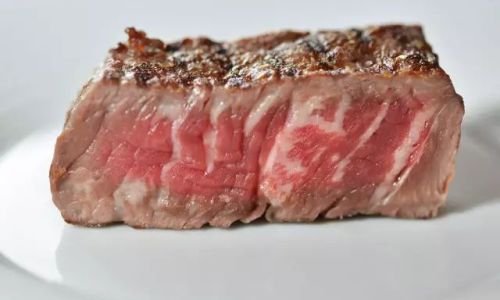
-
Trimming and Cleaning: Remove any membranes, veins, or connective tissue from the liver. These parts can toughen during cooking and create an unpleasant chewiness. Rinse the liver under cold water to eliminate excess blood, which can impart a metallic taste.
-
Slicing Techniques: Uniformity is critical. Slice the liver into thin, even pieces (about ¼-inch thick) to promote rapid, even cooking. Thicker slices risk uneven doneness, with the exterior overcooking before the center reaches a safe temperature.
-
Marinating for Tenderness: Marinating liver in acidic ingredients like vinegar, lemon juice, or wine helps tenderize the meat by breaking down tough proteins. A mixture of soy sauce, cornstarch, and baking soda (a tenderizing agent) is a classic Chinese marinade that also seals in moisture.
-
Drying the Surface: Pat the liver slices dry with paper towels before cooking. Excess moisture can lower the pan’s temperature, leading to steaming rather than searing, which delays browning and increases cooking time.
The Science of Cooking Time
The ideal cooking time for stir-fried liver hinges on three factors: heat intensity, slice thickness, and pre-cooking preparation. Let’s break down each element:
Heat Intensity: The Sear vs. the Simmer
Stir-frying demands high heat to create a Maillard reaction—the chemical process that browns meat and develops complex flavors. A smoking-hot pan ensures the liver sears quickly, locking in juices and creating a caramelized crust. However, maintaining this heat requires constant stirring to prevent burning.
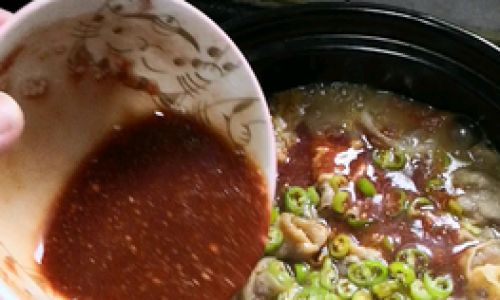
- High Heat (350–400°F/175–200°C): Ideal for thin slices. Liver cooked at this temperature typically takes 5–3 minutes per side, depending on thickness.
- Medium Heat (300–350°F/150–175°C): Suitable for thicker slices or marinated liver. Cooking time extends to 4–5 minutes, with occasional stirring to ensure even heating.
Slice Thickness: Thin vs. Thick
Thinner slices cook faster but require vigilance to avoid overcooking. Thicker slices offer a margin of error but demand precise timing.
- Thin Slices (¼-inch/6mm): Cook in 2–3 minutes total on high heat. Flip once during cooking to ensure both sides sear evenly.
- Thick Slices (½-inch/12mm): Require 4–5 minutes on medium heat. Reduce heat if browning occurs too quickly to prevent burning before the center cooks through.
Pre-Cooking Preparation: Marinated vs. Unmarinated
Marinades accelerate cooking by denaturing proteins, effectively “pre-cooking” the liver chemically.
- Marinated Liver: Reduces cooking time by 30–60 seconds per side, as the marinade’s enzymes begin breaking down tough fibers.
- Unmarinated Liver: Requires the full cooking time to tenderize naturally through heat.
Cultural Variations in Cooking Liver
Liver’s versatility shines in global cuisines, each with its own approach to cooking time and technique:
Chinese Stir-Fried Liver (炒肝 Chǎo Gān)
In Chinese cuisine, liver is often paired with bold flavors like ginger, garlic, and fermented black beans. The dish emphasizes speed and high heat:
- Technique: Thinly sliced pig liver is marinated in a mixture of soy sauce, Shaoxing wine, cornstarch, and a pinch of sugar. Cooked in a blazing-hot wok with oil, garlic, and scallions, it takes 2–3 minutes total.
- Key Tip: Add a splash of rice vinegar or Chinese cooking wine during the final seconds to deglaze the pan and add acidity.
French Sautéed Liver (Foie de Veau Sauté)
French chefs prioritize a golden crust and a rosy pink center. Calves’ liver is a favorite here:
- Technique: Thick slices (½-inch/12mm) are dusted in flour and cooked in butter over medium heat. Each side takes 3–4 minutes, with a final glaze of Madeira wine and cream.
- Key Tip: Basting the liver with butter during cooking ensures even doneness.
Mexican Liver Tacos (Tacos de Hígado)
In Mexican street food, liver is grilled or pan-fried and served in corn tortillas with salsa and onions:
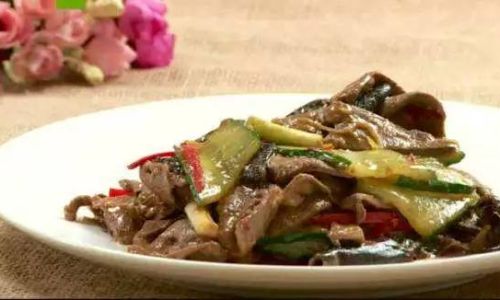
- Technique: Small cubes of beef liver are marinated in lime juice, chili powder, and cumin. Cooked over high heat in a cast-iron skillet, they take 4–5 minutes to develop a crisp exterior.
- Key Tip: Squeezing fresh lime juice after cooking brightens the dish.
Signs of Doneness: When Is Liver Cooked?
Determining when liver is perfectly cooked relies on visual and tactile cues rather than strict timing:
- Color Change: Raw liver is deep red or purple. As it cooks, it transitions to a light brown or grayish-brown hue. Overcooked liver turns pale and chalky.
- Texture: Undercooked liver feels spongy and resists pressure. Perfectly cooked liver yields slightly to the touch but retains a springy texture.
- Internal Temperature: Use a meat thermometer for precision. Liver should reach 160°F (71°C) to ensure safety while remaining tender.
Common Mistakes and How to Avoid Them
Even seasoned cooks can stumble when preparing liver. Here’s how to sidestep pitfalls:
- Overcrowding the Pan: Cooking too much liver at once lowers the pan’s temperature, leading to steaming. Cook in batches if necessary.
- Overcooking: Liver continues to cook after removal from heat. Pull it from the pan while still slightly pink in the center.
- Skipping Marination: Marinating isn’t just for flavor—it’s crucial for tenderizing. Never skip this step if time permits.
- Using Low-Quality Liver: Fresh liver has a bright color and minimal odor. Avoid liver with a strong, metallic smell or slimy texture.
Advanced Techniques for Culinary Enthusiasts
For those seeking to elevate their liver game, consider these pro tips:
- Velveting: A Chinese technique where liver is briefly marinated in a mixture of egg white, cornstarch, and oil before cooking. This creates an ultra-tender texture.
- Reverse Searing: For thick slices, sear the liver first, then finish in a low-temperature oven to ensure even cooking without burning.
- Acidic Finishes: A squeeze of lemon or a drizzle of balsamic reduction at the end of cooking balances the liver’s richness.
Health Considerations and Safety
While liver is nutrient-dense, it’s also high in vitamin A, which can be toxic in large doses. Pregnant individuals and those with liver conditions should consume it sparingly. Additionally, always source liver from reputable suppliers to minimize exposure to contaminants.
Conclusion: The Alchemy of Time and Heat
Cooking liver to perfection is a dance between intuition and technique. While general guidelines suggest 2–5 minutes depending on thickness and heat, the true mastery lies in observing the meat’s transformation—its color, texture, and aroma. Whether you’re whipping up a quick weeknight stir-fry or a gourmet French dish, patience and practice will turn this humble organ into a culinary triumph. So next time you stand at the stove, remember: great liver isn’t just cooked—it’s choreographed.
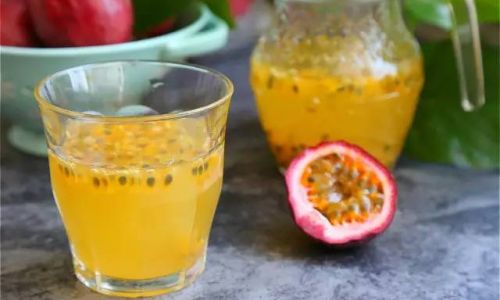
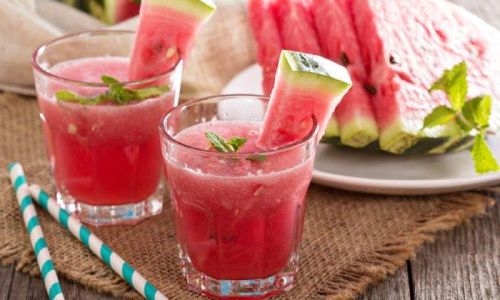
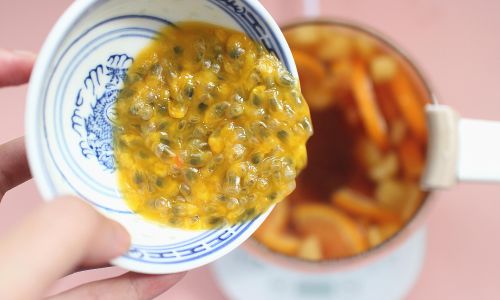

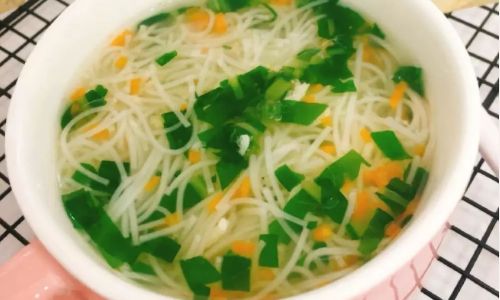
0 comments